Budget 2023: Jim’s quick surplus: now you see it ...
Jim Chalmers will return the budget to surplus for the first time in 15 years but plunge it straight back into deficit next year.
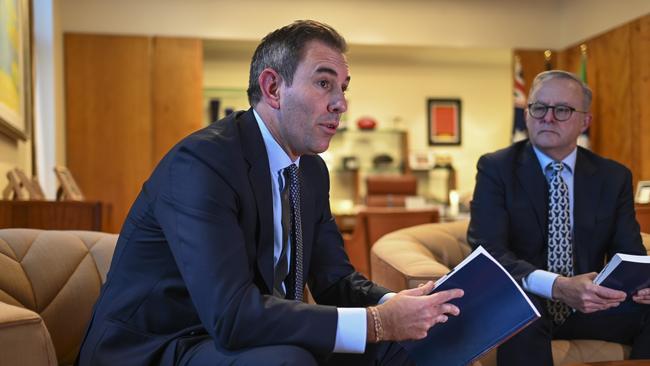
Jim Chalmers will return the budget to surplus for the first time in 15 years but plunge it straight back into deficit next year on the back of a big spending program aimed at relieving cost-of-living pressures for vulnerable Australians.
The Treasurer will on Tuesday night unveil a $4bn surplus in 2022-23 underpinned by full employment, rising wages, record commodity prices and a $143bn improvement to the bottom line over the next four years.
However, the balanced budget will be short-lived with Treasury forecasting a return to deficit next year and beyond amid worsening structural cost pressures across the National Disability Insurance Scheme, debt interest payments, the welfare system, defence, health and aged care.
Dr Chalmers – who will become the first Labor treasurer since Paul Keating in 1989 to deliver a surplus – said 82 per cent of the revenue windfalls this year would be returned to the bottom line as part of a budget-repair strategy tackling the $560bn net debt bill.
“The improvements you’ll see in the budget are a direct and deliberate result of the Albanese government’s approach to substantial near-term boosts to revenue,” Dr Chalmers said. “Our responsible economic management is all about spending restraint, substantial savings redirected to other priorities, and modest but meaningful tax changes.
“What’s absolutely clear is that this outcome would never have been possible without our decision to return most of the upward revisions to revenue to the bottom line. Debt and deficits would be bigger and the inflation challenge even more serious if we’d followed the path taken by our predecessors.”
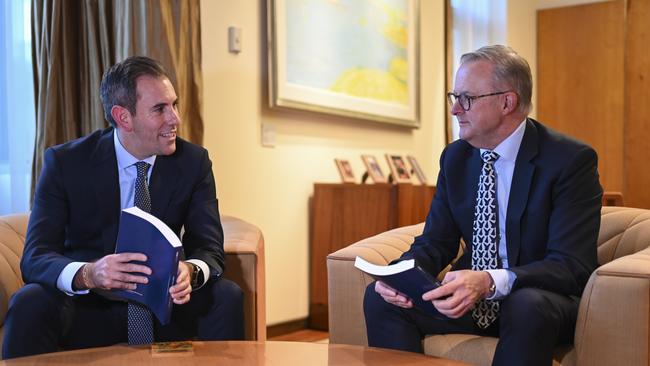
Dr Chalmers, who will report smaller deficits over the forward estimates in his second budget, said: “Despite the substantial progress we’ve made, it will take more than one budget or one term to clean up the mess we inherited.
“Given the challenges we face, the Albanese government’s responsible economic management is more important than ever. We are putting the budget on a much more sustainable footing at the same time as we provide cost-of-living relief and invest in the future,” he said.
Amid rising expectations of a blanket hike to the JobSeeker rate in the government’s centrepiece $14.6bn cost-of-living package, Dr Chalmers on Monday reiterated that Labor’s measures would be “broad and won’t all be limited by age”. With the government pre-announcing $5.3bn in cost-of-living measures, the remaining $9.3bn would cover a $40-a-fortnight increase to the JobSeeker and Youth Allowance (other) welfare payments.
When Scott Morrison lifted the JobSeeker rate by $50 a fortnight in early 2021, the Coalition claimed the $9bn commitment was the largest budget measure for working-age payments and the single biggest year-on-year increase since 1986.
Dr Chalmers, who has doused speculation that only over-55s would receive a JobSeeker boost, said the cost-of-living measures “recognise the genuine pressures that people are under, and to do what we can, beginning with the most vulnerable people”.
Cost-of-living measures already announced include: the $1.5bn energy bill relief package supporting 5.5 million households and one million small businesses; $314m in small business energy-efficiency incentives; and $1.6bn for cheaper medicines.
Anthony Albanese on Monday announced the government was lifting the age cut-off for the parenting payment from eight to 14, extending the welfare safety net for single mums at a cost of $1.9bn.
The move reverses the Gillard Labor government’s decision to lower the age from 16 to eight, which shifted a large cohort on to unemployment payments. Single parents who can now access the payment will receive an extra $177 a fortnight.
At a Labor caucus meeting on Monday, the Prime Minister told MPs that surging inflation was a “tax on the poor” and the budget would provide support while remaining “fiscally responsible”.
With Treasury projecting falling inflation and rising real wages in 2023-24, Mr Albanese rejected suggestions that Labor’s big-spending budget would have a negative impact on high inflation.
“We’ve been very responsible,” he said. “When we have sat down and worked through the measures that we’re putting forward for cost-of-living relief in this budget, we’ve made sure that they won’t add to inflationary pressures in the economy.”
On expectations of a JobSeeker rate hike across the board, Mr Albanese said: “You can’t just simply look at measures in the short term … we’ve looked at it as well in the medium and long-term … to make sure that changes aren’t counter-productive by adding to inflation.”
Dr Chalmers said the cost-of-living package – one of the largest in the nation’s history – would not add to inflation.
“That’s because we recognise that people are under the pump, and so what we’ve done is we’ve carefully calibrated and designed this budget so that it takes pressure off the cost of living rather than add to it.
“We have found ways to take the pressure off (energy) bills rather than add to these cost-of-living inflationary pressures in the economy.”
On increases to welfare payments, Dr Chalmers said the government had calibrated its measures with Treasury to avoid perverse inflation outcomes.
The budget, which may include more ambitious commodity price forecasts that bolster the bottom line, will feature a number of tax changes supporting the government’s budget repair strategy.
The Australian understands there will be additional tax measures, on top of changes to the petroleum resource rent tax, tobacco excise, tax concessions for super balances above $3m and franking credits.
More tax reforms are planned ahead of next year’s budget to help offset rising costs.
The expenditure review committee of cabinet, which was handed Treasury’s final figures for April last week, held rolling meetings in the final fortnight before the budget was printed to finalise up to $20bn in last-minute spending measures.
Senior government sources said that, despite bumper revenue from income tax, corporate tax and commodity prices, the committee avoided a spending spree that would have put more pressure on the medium-to-long term budget position.

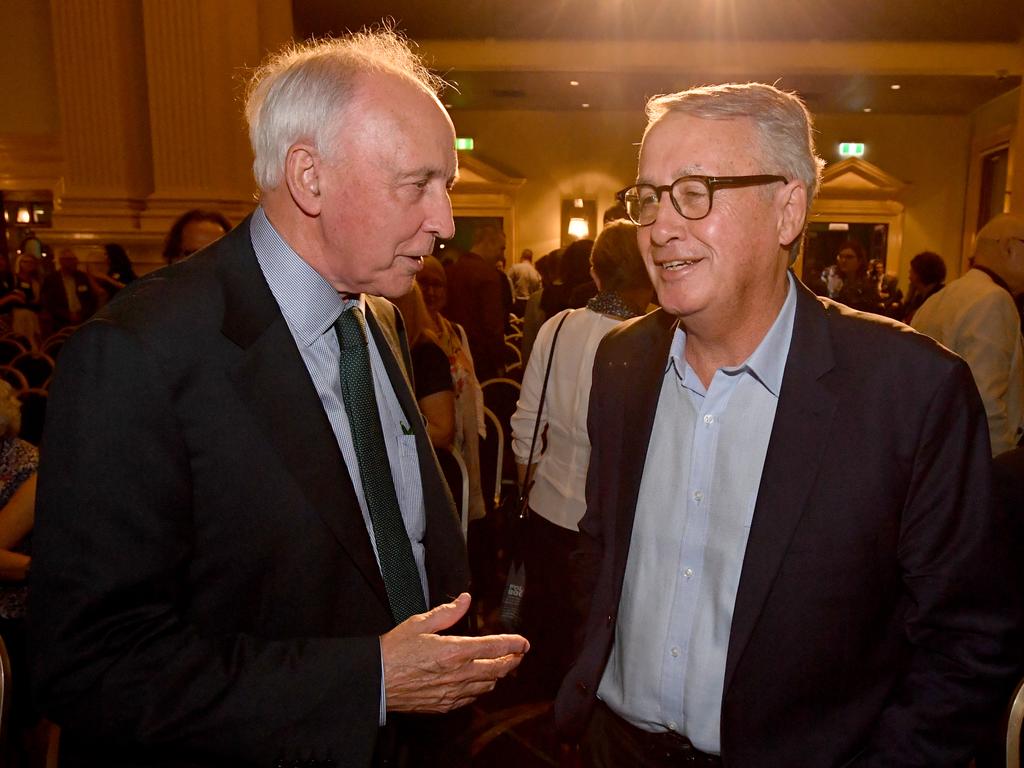
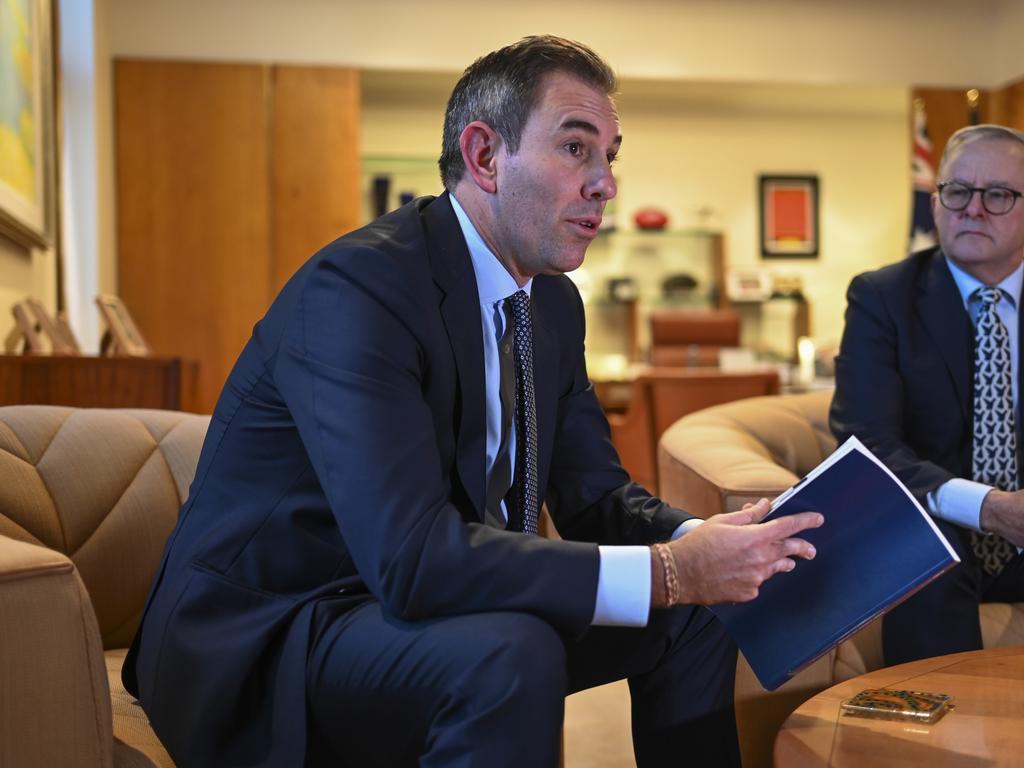
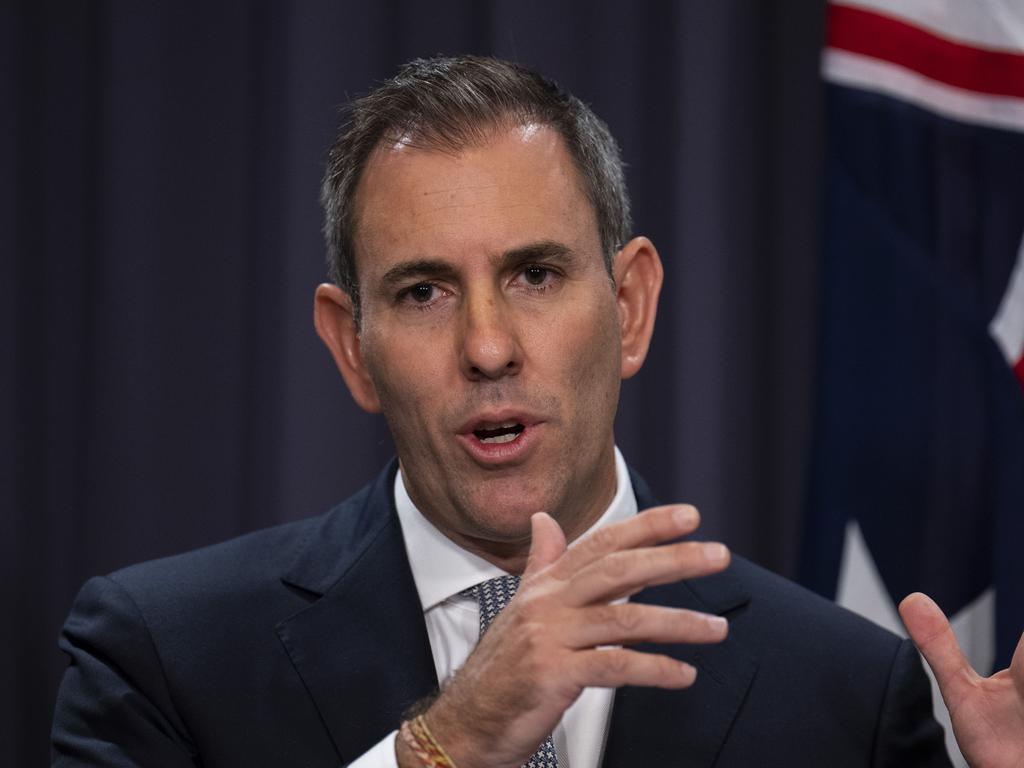
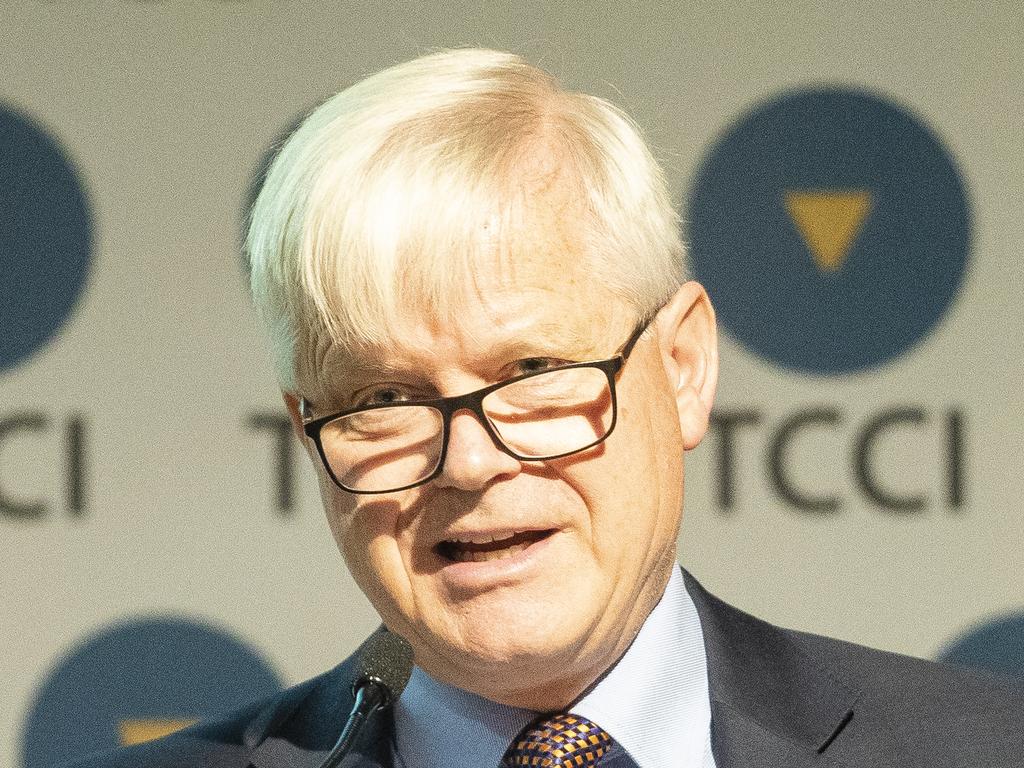


To join the conversation, please log in. Don't have an account? Register
Join the conversation, you are commenting as Logout